10 Common Myths About Dogs
MYTH #1: A wagging tail means a dog is friendly.
FACT: This is a common misunderstanding. A more accurate definition of why a dog wags its tail is a “willingness to interact.” This definition leaves a lot of room for different intentions on the part of the dog. Is the “willingness to interact” for good intentions or bad? Many people have described how a dog’s tail was wagging just before it attacked.
Trying to read a dog’s behaviour based on any one body part can lead to a misinterpretation of a dog’s intent. It is wise to never interpret a dog’s behaviour or intent based on one particular aspect of his posture or body language. A wagging tail can mean many things. Different breed types display behavioural intentions through differing body language indicators. A Jack Russell Terrier may crouch down low and stretch its head forward as a precursor to attack, eager to catch and kill. A Border Collier displaying the same crouch and low head position is in herding mode, eager and excited to put some order to the herd.
Dogs communicate with each other through complex body language. A tail wag is only one of the signs to look for when interpreting a dog. It is also important to consider ear position, hackles, head position, eyes, expression, etc. Always look at the entire dog in context.
MYTH #2: My dog pulls on the leash because he’s dominant, or my dog jumps on me because he’s dominant, or my dog lays on the couch because he’s dominant, or my dog insists on going through doorways before me because he’s dominant, etc.
FACT: The concept of “dominance” has been used to explain almost every inappropriate behaviour in dogs that owners can possibly complain about. Unfortunately, the term dominance as it is used by most dog owners and unfortunately many trainers is completely incorrect. Dominance describes a social relationship between two or more individuals. It is not a character trait. Despite what many people believe, dogs do not spend their time seeking to establish control over humans or one another for that matter. If a dog jumps on you, it’s because he has not learned that this is an undesirable behaviour. If he pulls on the leash, he hasn’t been taught that he should walk without pulling. The couch is simply very comfortable and carries your scent. He rushes out the door because he is anticipating the rewarding experience of exploring and exercising his senses.
If your dog is doing something you don’t like, you don’t need to establish your “dominance”; instead, decide what it is you want from your dog and teach what it is you prefer them to do.
MYTH #3: You can’t teach an old dog new tricks.
FACT: You most certainly can! Dogs are well able to learn at any age, within the physical constraints that aging brings.
The only challenge to learning for an older dog is changing something that has been a part of the dog’s behaviour for a long time. If a dog has been messing in the house for 8 years it will likely take longer to resolve than it would to teach a 3 month old puppy not to “do its business” in the home. For the older dog the behaviour has become habitual thereby making it more difficult to modify. It is not because the dog’s brain is older and not functioning as well as the puppy’s.
MYTH #4: We should eat before our dog eats.
FACT: This statement again falls to a misunderstanding of dominance theory. The belief being that the “dominant leader” should eat before the subordinates of the pack. This is not true with wolves in the wild or with our dogs. Certainly, if the wolf pack is suffering from scarce food resources, the strongest, most confident members of the pack may insist on first dibs on the food. If food is ample then it’s share and share alike. In our homes there are always ample food resources and no competition for food. When dog’s are “resource guarding” their food it is not a statement of their dominance. It is behaviour usually based on an anxiety as to insufficient or unreliable food delivery or previous experiences of food theft.
MYTH #5: Dogs should never sleep in bed with you.
FACT: This is only true if they hog the bed or snore.
This is yet another myth based on dominance theory and the belief that letting your dog sleep in bed with you puts them on the same level of hierarchy as you, the “alpha.” It has been speculated that being permitted to sleep closer to the pack leader is a position of favour within the pack, but it’s not definite fact.
As long as your dog respects you and looks to you for guidance (and you don’t mind occasionally waking up with dog hair stuck between your teeth), there’s no reason not to enjoy sharing the bed with your dog.
If a dog on your bed growls or acts aggressively when you try to displace them or growls their displeasure when you shift your position while sleeping, your dog does not respect you and feels quite comfortable telling you what to do. It’s time to do some training!
MYTH #6: A female dog should have a litter before they are spayed.
FACT: There is no medical or behavioural basis for this statement. In fact, females that have been spayed before having a litter are at a lower risk of developing uterine infections and breast cancer.
MYTH #7: Dogs are colour blind.
FACT: While not actually colour blind they can be best described as being “colour limited”. Dogs see a colour spectrum that excludes red hues. This leaves them with a colour range limited to blues and greens. So when your dog is chasing that bright red ball in the field they are actually chasing a ball that is green/blue set against green grass. And when they dive into that bowl of dog food that the manufacturer has coloured yellow, green, red and brown to match the chicken, vegetables and beef/veal/lamb, it’s all blue/green to your dog. (Dog’s also have less sensitive taste buds than we do and rely on a food’s smell to determine its desirability.)
MYTH #8: When walking your dog, their head should be no further forward than your leg.
FACT: Again, another myth based in an outdated belief of dominance theory and now dispelled by our greater understanding of canine behaviour. As long as our dog is walking somewhere at our side and most importantly, the leash is fairly relaxed, that’s all we need ask. In working with Huskies I find that it is easier to train responsive, self-controlled walking by allowing them to be slightly ahead, which is where they expect to be.
MYTH #9: You should always walk your dog on your left side.
FACT: This was more prominently taught when I first began working with dogs but seems to be going by the wayside. I could never figure out a good reason for this and regardless advised my clients that you should be able to walk your dog on any side that suits your needs. I did some research on why it was such a common recommendation to walk our dogs on the left. The best I could come up with was that some of the first handbooks for dog training were for hunting and in England when a hunting excursion among the social elite had certain “social/practical rules” one of those being that you held your gun in your right hand… your dog on the left.
MYTH #10: Playing “Tug of War” with your dog will make them aggressive and when they win will teach them that they are dominant over you.
FACT: The game, in and by itself cannot teach your dog to be aggressive. However, if your dog displays resource guarding behaviour of its food or toys, steals your personal items and refuses to give them up, or if your dog (likely because of how it has been played with), has a habit of grabbing your hands, feet or clothing, tug or war is a game to avoid.
Most dogs do not have these issues and tug of war is simply a fun game to play. In fact playing tug of war is an opportunity to teach your dog to “drop it” or “leave it”. I have also used the game as a behaviour modification tool to help increase a dog’s confidence.
If you dog always wins at tug of war it’s not because they are dominant. They’re just better at the game than you.
© 2011 Steven J. Huxter. All Rights Reserved


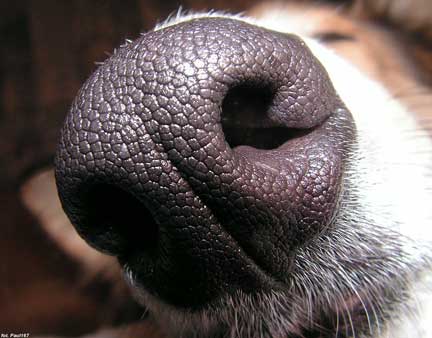 Let’s begin by trying to understand just how sensitive a dog’s nose is.
Let’s begin by trying to understand just how sensitive a dog’s nose is. The dog’s nose has interior bony, scroll-shaped plates called turbinates over which air passes, as well as a thick, spongy membrane which contains most of the scent-detecting cells, as well as the nerves that transport the information to the brain for decoding. In human beings, this membrane is approximately the size of a postage stamp. In our canine friends, however, this area is roughly the size of an 8 ½” x 11” piece of paper.
The dog’s nose has interior bony, scroll-shaped plates called turbinates over which air passes, as well as a thick, spongy membrane which contains most of the scent-detecting cells, as well as the nerves that transport the information to the brain for decoding. In human beings, this membrane is approximately the size of a postage stamp. In our canine friends, however, this area is roughly the size of an 8 ½” x 11” piece of paper.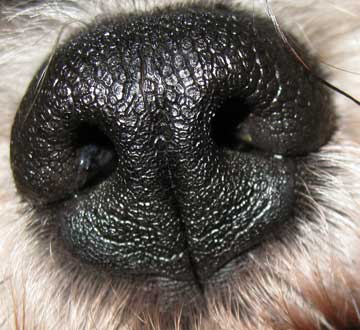 Why a dog’s nose is cool and moist
Why a dog’s nose is cool and moist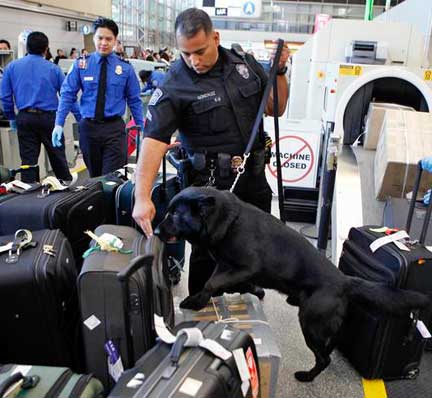 Seizure alert dogs
Seizure alert dogs Rather than using dogs to replace machinery for detection, the hope is to eventually understand and identify what smell or smells are associated with the disease’s onset, and create a machine, a “mechanized chemical nose” if you will, for early detection.
Rather than using dogs to replace machinery for detection, the hope is to eventually understand and identify what smell or smells are associated with the disease’s onset, and create a machine, a “mechanized chemical nose” if you will, for early detection.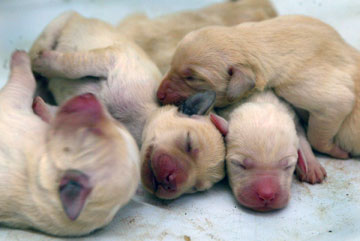 A dog breeder is defined as a person who raises and sells a specific breed of dog. A reputable dog breeder, on the other hand, is much more – this is a person who also loves the type of dog he or she raises, and wants to ensure that each dog is placed in a loving and caring home for its entire life.
A dog breeder is defined as a person who raises and sells a specific breed of dog. A reputable dog breeder, on the other hand, is much more – this is a person who also loves the type of dog he or she raises, and wants to ensure that each dog is placed in a loving and caring home for its entire life. The best endorsement is a satisfied customer
The best endorsement is a satisfied customer The continuing disgrace of puppy mills
The continuing disgrace of puppy mills Encouraging legislation was passed in British Columbia when Richmond became the first municipality in Canada to ban the sale of puppies in pet stores. Read
Encouraging legislation was passed in British Columbia when Richmond became the first municipality in Canada to ban the sale of puppies in pet stores. Read 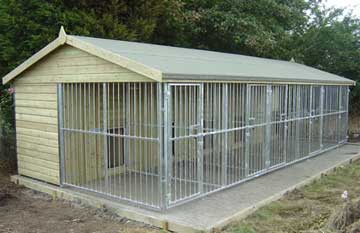
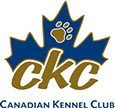 Requiring you to notify him or her should you decide to sell the dog to a third party
Requiring you to notify him or her should you decide to sell the dog to a third party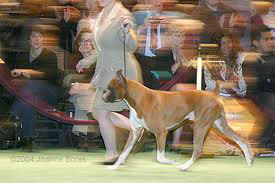
 reputable breeder plus an informed purchaser = a happy, healthy puppy
reputable breeder plus an informed purchaser = a happy, healthy puppy It may be difficult for you to imagine your sweet little housecat Hermione as a predatory jungle beast, hiding in the tall grass, hungrily waiting for a snake to slither along her path, grassor a little mouse to make the wrong turn and wind up in her sights. Or perhaps your little dachshund Schnitzel, charging through the forest like a wolf on the hunt. But our domesticated cats and dogs are the descendants of those feral animals, and will sometimes behave just like their ancestors in many ways.
It may be difficult for you to imagine your sweet little housecat Hermione as a predatory jungle beast, hiding in the tall grass, hungrily waiting for a snake to slither along her path, grassor a little mouse to make the wrong turn and wind up in her sights. Or perhaps your little dachshund Schnitzel, charging through the forest like a wolf on the hunt. But our domesticated cats and dogs are the descendants of those feral animals, and will sometimes behave just like their ancestors in many ways.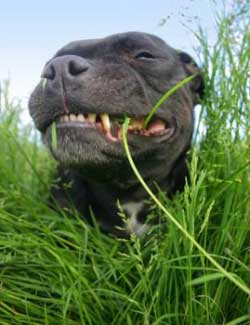 They need the grass to help them regurgitate
They need the grass to help them regurgitate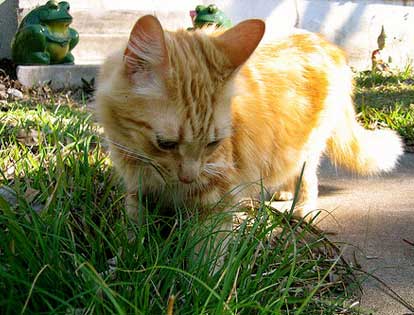
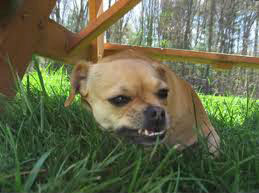 Wild dogs ate whatever they could forage, and then might find themselves in distress, with very upset tummies. If Schnitzel has consumed something bad for him, you might find him galloping out the door, making a beeline for some tender stalks of grass, stuffing himself until he purges and alleviates his discomfort.
Wild dogs ate whatever they could forage, and then might find themselves in distress, with very upset tummies. If Schnitzel has consumed something bad for him, you might find him galloping out the door, making a beeline for some tender stalks of grass, stuffing himself until he purges and alleviates his discomfort. Oat grass’s benefits include:
Oat grass’s benefits include: OCD and your pet
OCD and your pet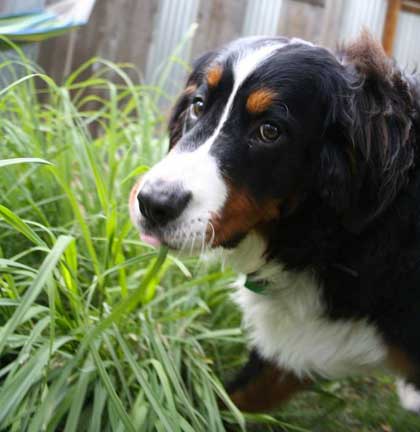 A few things to remember
A few things to remember You’ve thought about it for a while and discussed it with all your other family members. You’ve decided to bring a dog into your home and everyone has his or her favourite pet name ready! Choosing a dog breed that will best suit your lifestyle is the next step. Take time to do your research the. The average lifespan of a dog is between 10 and 15 years – this is a long-term decision that will affect your time, energy, heart, and pocketbook!
You’ve thought about it for a while and discussed it with all your other family members. You’ve decided to bring a dog into your home and everyone has his or her favourite pet name ready! Choosing a dog breed that will best suit your lifestyle is the next step. Take time to do your research the. The average lifespan of a dog is between 10 and 15 years – this is a long-term decision that will affect your time, energy, heart, and pocketbook!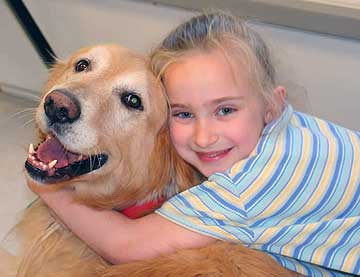 Do you want a dog who loves you lots? Of course you do. But sometimes love is confused with loyalty – dogs who require lots of love, like a Bichon Frisé, can become needy, dependent, and jealous, and get pretty upset if you are not there to adore them.
Do you want a dog who loves you lots? Of course you do. But sometimes love is confused with loyalty – dogs who require lots of love, like a Bichon Frisé, can become needy, dependent, and jealous, and get pretty upset if you are not there to adore them.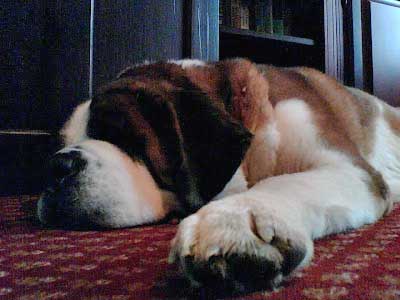 There are naturally exuberant and energetic dogs, which require wide open spaces to run and frolic in.
There are naturally exuberant and energetic dogs, which require wide open spaces to run and frolic in. The purebred:
The purebred: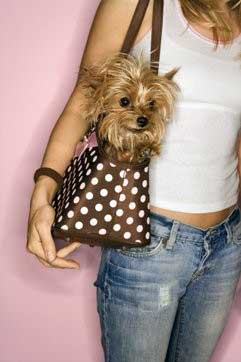 A sad statistic:
A sad statistic:
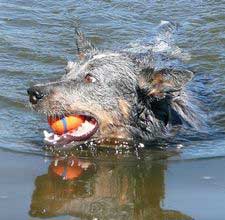 Go to a dog park and watch the dogs.
Go to a dog park and watch the dogs.